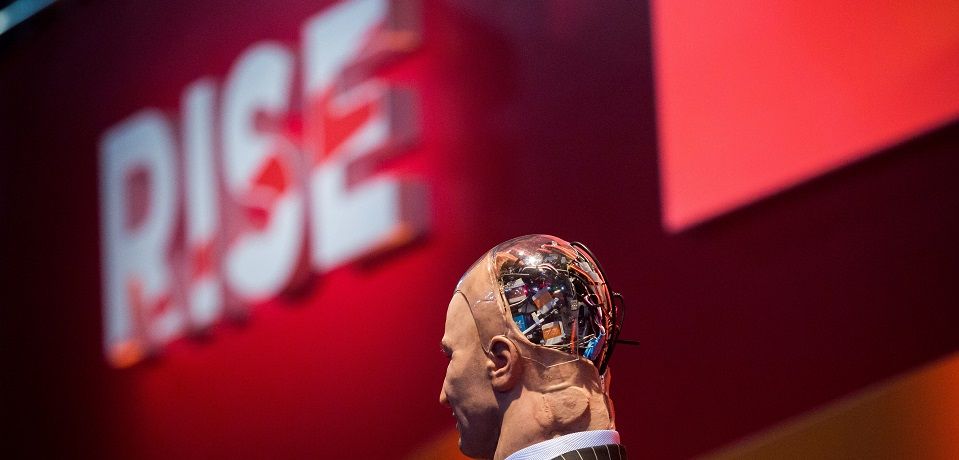Jianxiong Xiao aims to make self-driving cars as widely accessible as computers are today. He’s the founder and CEO of AutoX, which recently demonstrated an autonomous car built not with expensive laser sensors but with ordinary webcams and some sophisticated computer-vision algorithms. Remarkably, the vehicle can navigate even at night and in bad weather.
AutoX hasn’t revealed details of its software, but Xiao is an expert at using deep learning, an AI technique that lets machines teach themselves to perform difficult tasks such as recognizing pedestrians from different angles and in different lighting.
Growing up without much money in Chaozhou, a city in eastern China, Xiao became mesmerized by books about computers—fantastic-sounding machines that could encode knowledge, logic, and reason. Without access to the real thing, he taught himself to touch-type on a keyboard drawn on paper.






